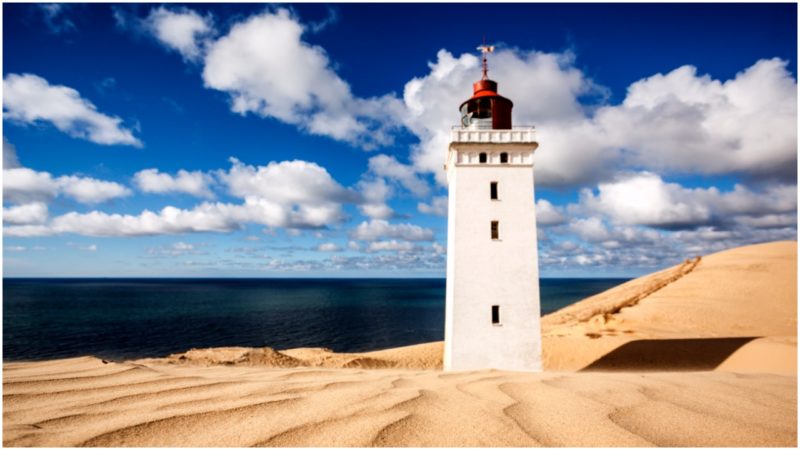In the days before nautical technology was highly developed, the lighthouses were the only way for ships to avoid danger in the dark or in bad weather. Many centuries before radar and GPS were even conceptualized, the navigation of the ships, especially near rocky coastlines and near dangerous places, and especially during nighttime, storms, or foggy days, was not possible without the help of lighthouses.
From the ancient lighthouse of Alexandria to more modern automatic lighthouses, these structures are crucial to successful navigation at sea. Although the progress of technology and the discovery of new gadgets and instruments for better navigation closed some lighthouses around the world, there are still many lighthouses that mark dangerous areas for ships. But, modernization also led to the closure and abandonment of quite a few lighthouses.
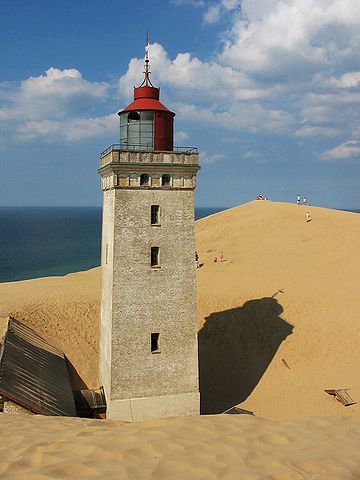
Between 1893 and 1927, 71 lighthouses were built on the coastline of Denmark. These buildings was intended to serve as signal spots and nautical markers for ships at sea around Denmark. The construction of the Rubjerg Knude Lighthouse began in March of 1899 and was finally completed in December 1900. The light shone for the first time at the end of the same month. It was placed facing the North Sea, at the top of the coastal cliff known as Lonstrup Klint, approximately 200 ft above the sea level. The lighthouse itself was 75 feet high and its light could be seen for a distance of 26 miles.
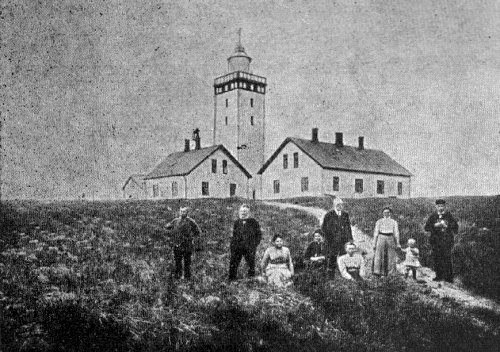
At the same time, additional adjoining buildings for the lighthouse’s staff were built around the lighthouse. Initially, the lighthouse was operated by three people: the lighthouse keeper, an assistant light keeper, and a light tender. At first the lighthouse had its own gasworks which provided the light inside. The gas was also used for the functioning of the mechanism of the foghorn. In 1908, petroleum replaced the gas and in 1934, the entire lighthouse started to run on electricity.
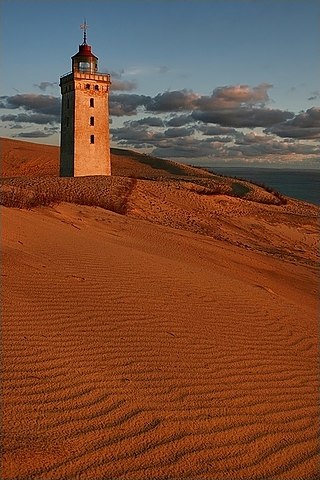
More than one hundred years ago the lighthouse was situated approximately 656 ft inland and removed from the sand dunes. However, slowly, inch by inch and year after year, the land around the complex was gradually devoured by the sea. The process is still going and several feet vanish every year. At first, the small dunes were easily removed, but the most critical erosion and movement of the sand happened sometime between 1910 and 1920. The sea moved in closer and so the wind became stronger. It constantly blew large amounts of sand around and in front of the lighthouse. The dunes became larger and larger. The sand came very close to the buildings. The kitchen gardens were ruined and the well was filled with sand. In an attempt to slow the growing piles of the sand, various plants were placed around the lighthouse, but this was not enough to prevent the destructive power of nature.
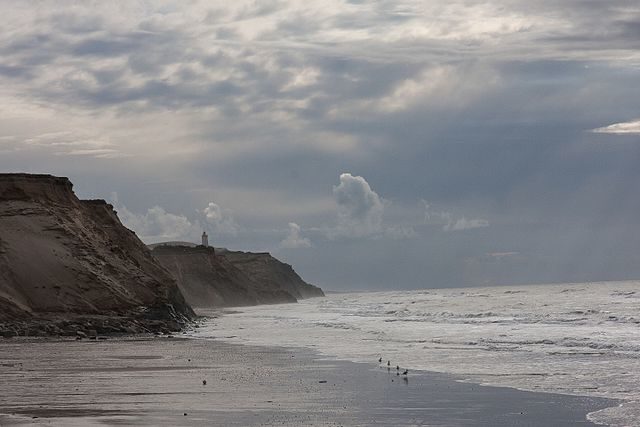
In the 1960s, the dunes were so high that they interrupted the normal functioning of the lighthouse. Most importantly, the path of the light was regularly blocked by the dunes. The clearing of the sand became fruitless and the authorities decided to close the lighthouse down in August of 1968.
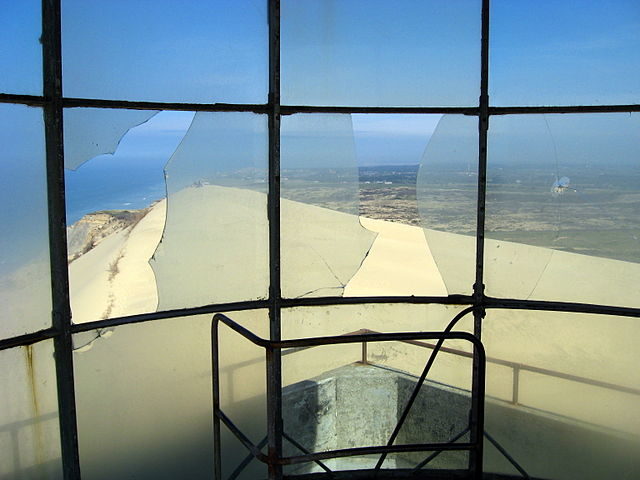
The place was completely abandoned for more than 10 years. In 1980 the buildings were adapted and used as a museum and a coffee shop. The location became an attractive tourist spot. But soon, the sand began to bury the lighthouse buildings, and in 2002 the museum was closed and moved 2 miles from the lighthouse.
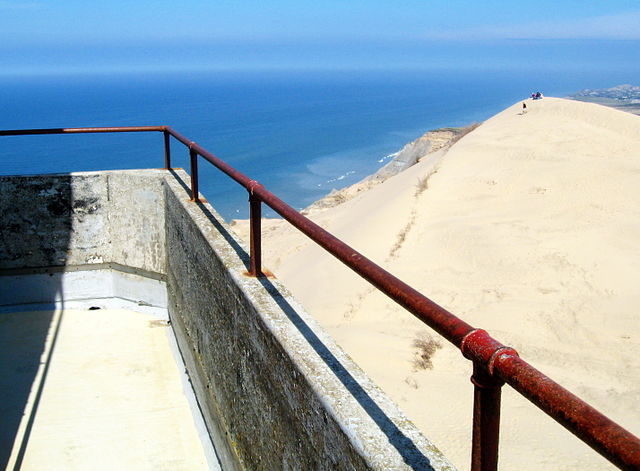
Today the rubble of the lighthouse buildings is buried in the sand. The complex, or what is left of it, is still visited. People can see how the great forces of nature are constantly changing the environment. Now the remains of the lighthouse are placed just at the water’s edge and coastal erosion is not stopping. Because of this, the wind has started to blow the sand away and entrance to the deserted lighthouse is possible again, where people can enjoy stunning views of the surrounding area. The predictions are that within 10 to 15 years, the lighthouse will crash into the sea.
